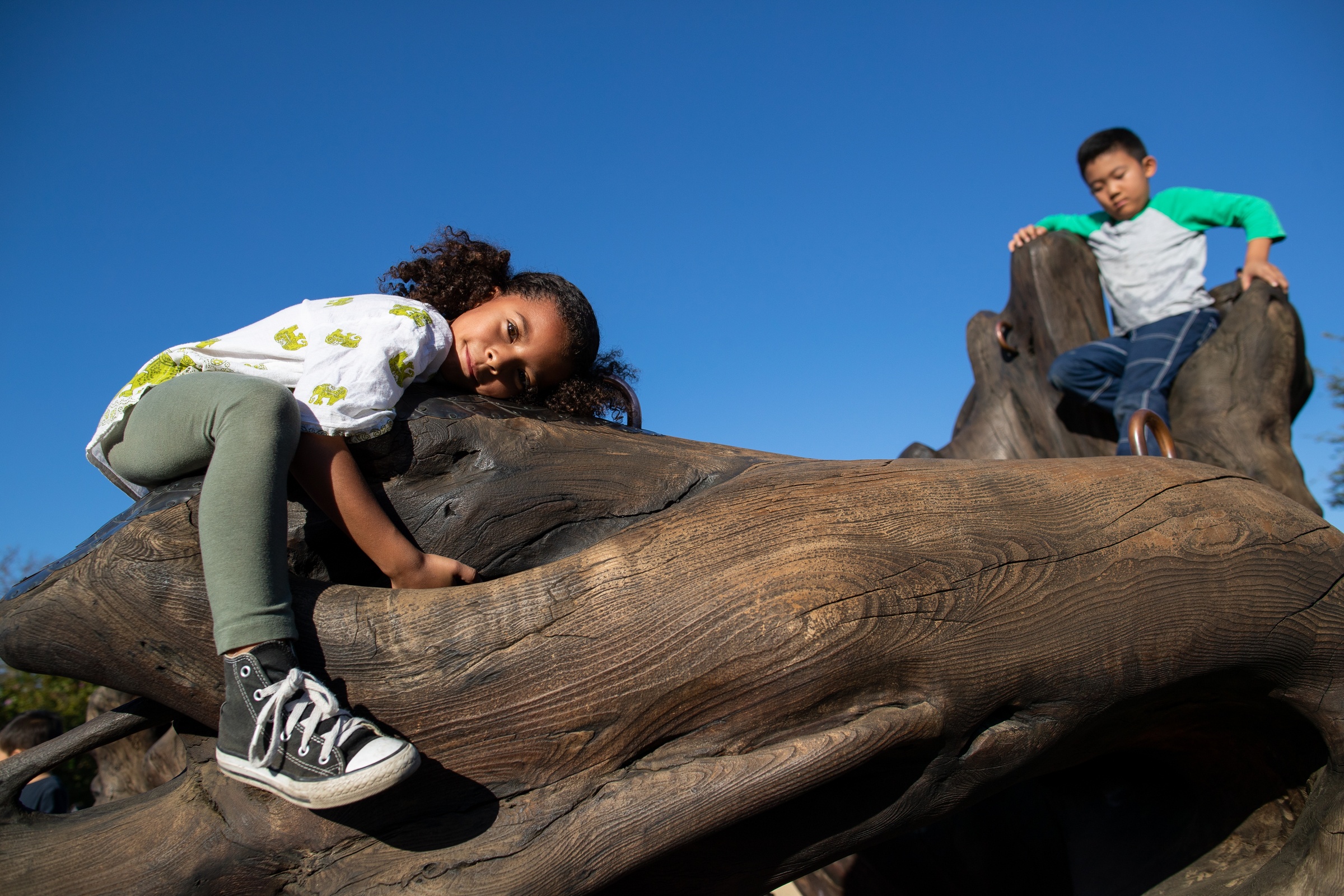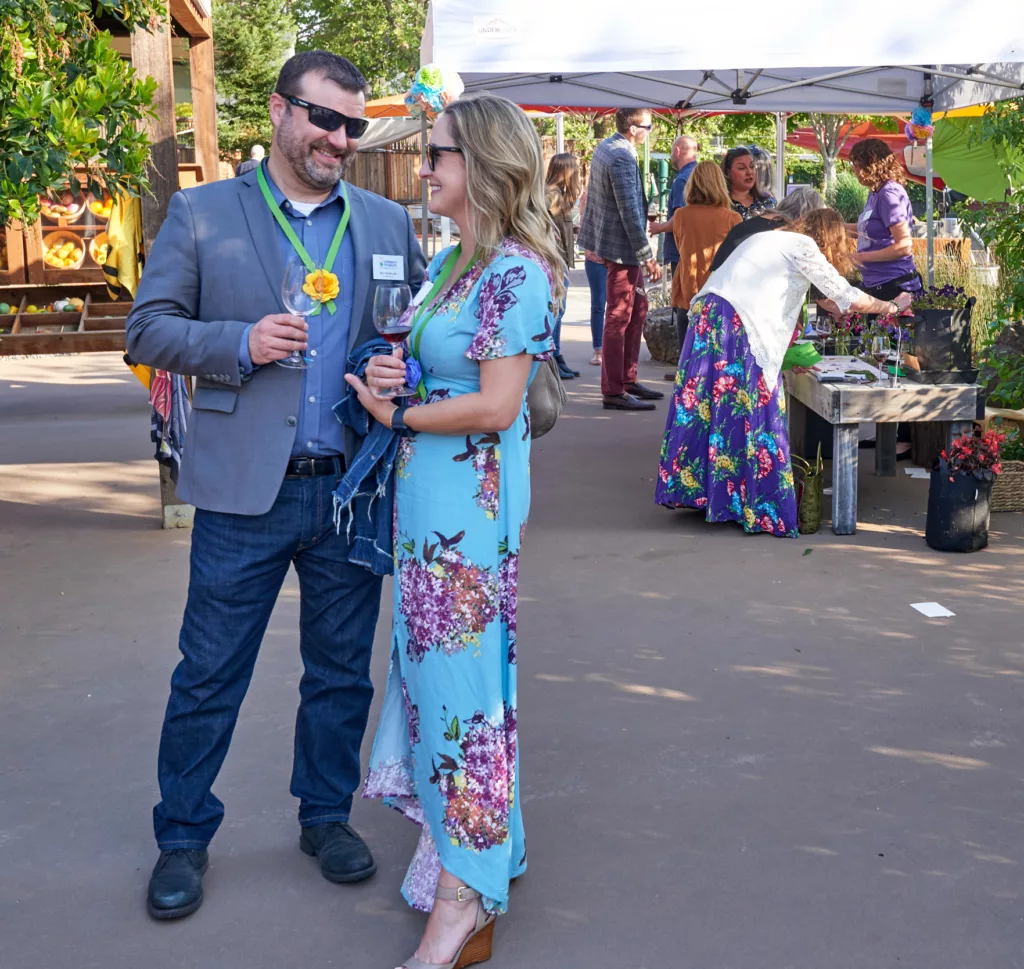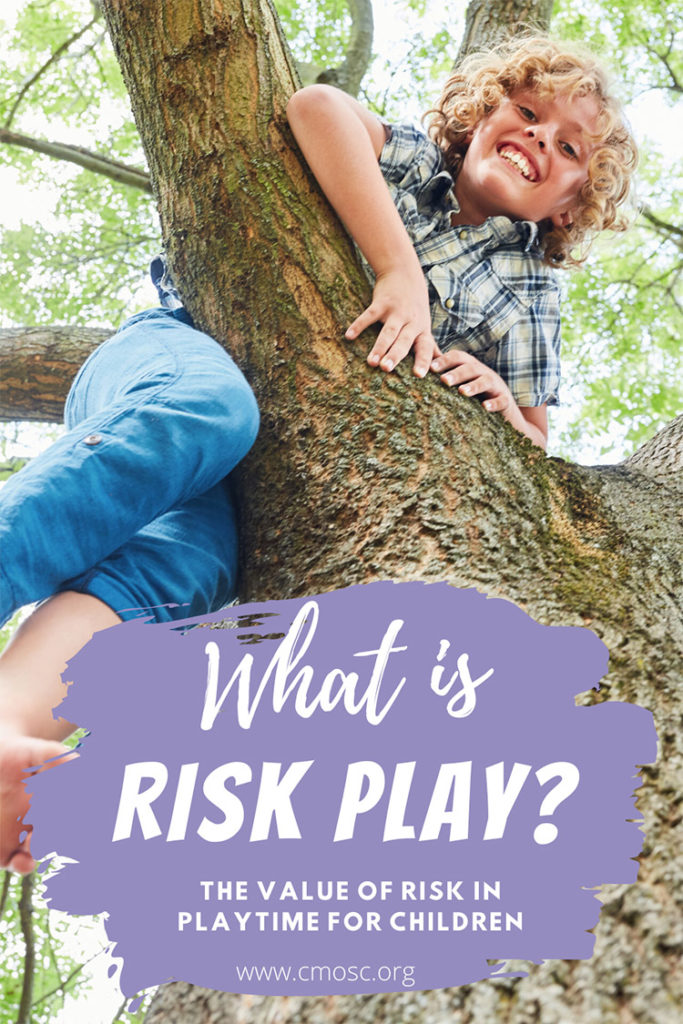
Understanding Risk Vs. Hazards and the Benefits of Risk Play
Over the years, children’s playtime has become increasingly monitored and controlled in an attempt to eliminate possible accidents. While this may stem from good intentions, micromanaging your child’s playtime can rob them of essential learning opportunities!
At the Children’s Museum of Sonoma County, we want to encourage children to encounter new uncertainties as part of their play. This may sound risky at first, and that’s because it’s exactly what it is – Risk Play.
What is Risk Play?
We are NOT talking about exposing your child to potential harm or dangerous situations. Instead, Risk Play is simply allowing your child to experience playtime freely while directing their own activities. This method of play allows your child to manage themselves while making the decision to face unfamiliar situations – or risks – on their own.
Understanding Valuable Risks vs. Hazards
At CMOSC, we encourage playtime that allows children to self manage the risks they take, while the adults manage and eliminate the hazards. The definitions and example below will outline what we mean by ‘risk’ and the difference between ‘risk’ and ‘hazard’.
Risk vs. Hazard
- Risk: is a challenge or uncertainty that a child can recognize in their environment and determine whether to engage with it or not.
- Hazard: is a danger in the environment that is beyond your child’s understanding and can result in severe injury or endangerment.
For example, consider a child learning to roller skate. Your child understands they risk falling down while becoming comfortable on skates, but they chose to take the risk in order to learn their new skill. The hazard in this scenario is in the unknown amount of damage that could occur if they hit their head when they do fall down. It is your duty as the adult to manage the hazard – like providing a helmet for your child’s safety – while the child manages the risks while playing.
The Value of Risk Play in Early Childhood Development
Children naturally take risks every day while exploring the world around them and experimenting with their own limits. This is a healthy part of early childhood development that provides new experiences and learning opportunities for young ones. Valuable risks actually play a positive role in the development of long term life skills for children.
Life Skills That Risk Play Helps Develop in Early Childhood:
- Awareness of their capabilities – and how to improve them
- Assessing situations and making better judgments
- Introduction to the idea of consequences to their actions
- Developing better coordination and dexterity
- Learning to use tools with a purpose
- Resourcefulness and creativity
- Confidence and independence
Learning to Identify Valuable Risks in Children’s Play
Every child is unique and will have their own limits. One child’s idea of a risky situation might be something other children see as easy. It is just as important to allow your child to explore new situations as it is to never force your child to do anything that makes them feel unsafe or challenges their comfort.
You can learn to identify valuable risks in your children’s playtime by observing them and determining their need for more support or greater challenges.
How to Begin to Assessing the Value of Risks:
- How likely is something to cause harm during the activity?
- How severe would the harm be?
- What are the benefits of the activity?
- Is your child having fun? Or are they scared?
Managing Hazards During Risk Play
Risky play does not mean leaving your child unattended to fend for themselves. As an adult, it will always be your duty to care for the child’s wellbeing and eliminate hazards. Know your children, give them the freedom they can handle, and don’t let your own fears get in the way.
How Parents Can Start Valuable Risk Play at Home
- Remove the hazards: sharp edges, fragile items, choking hazards, access to dangerous areas
- Start letting your children play alone or with other children unsupervised
- Ensure the children have enough space in play in freely and unconfined
- Allow your kids to make a mess
- Limit your interaction with them to allow free play and self-direction
- Introduce them to new tools and when to use them
Learn More About the Benefits of Risk Play with the Children’s Museum of Sonoma County
At CMOSC we strive to encourage hands-on exploration that stimulates children’s minds, while also providing valuable resources to our community. Stay connected with CMOSC on Facebook, Instagram, Youtube, and our Website PLAYology Playbook to learn more about the value of risk in children’s play.
We look forward to seeing you all again soon at the Children’s Museum of Sonoma County and encourage you to please consider helping us get through this challenging time with a thoughtful gift.
